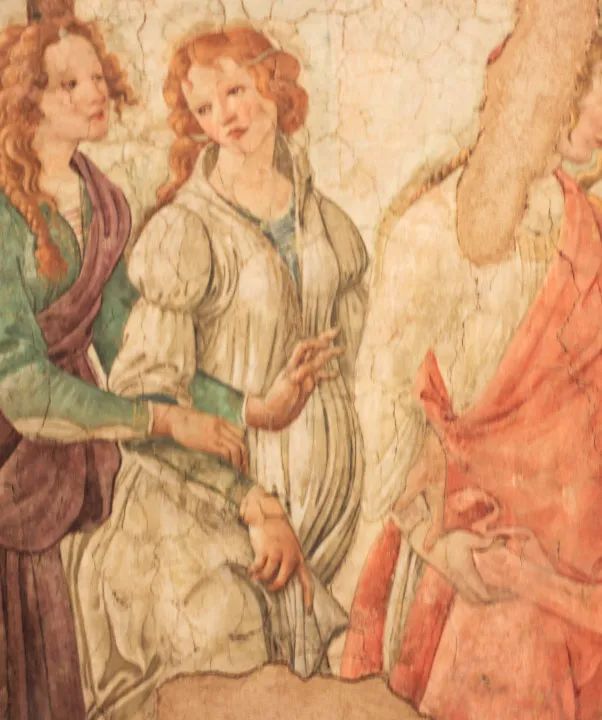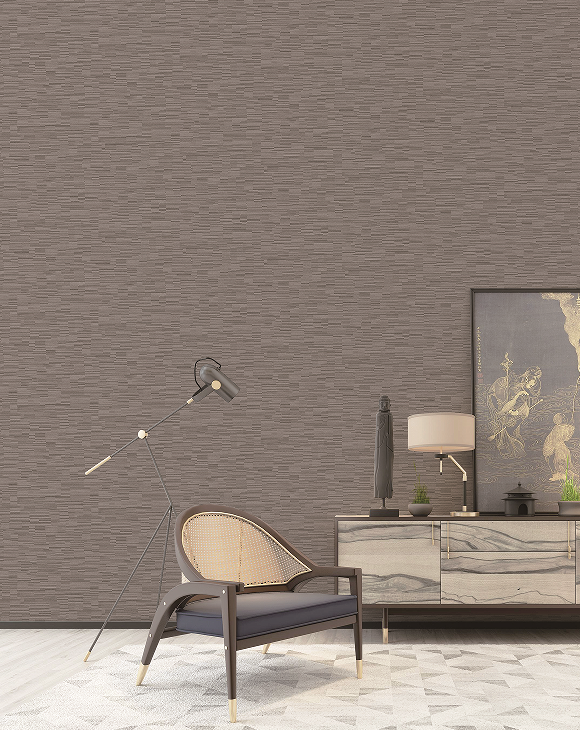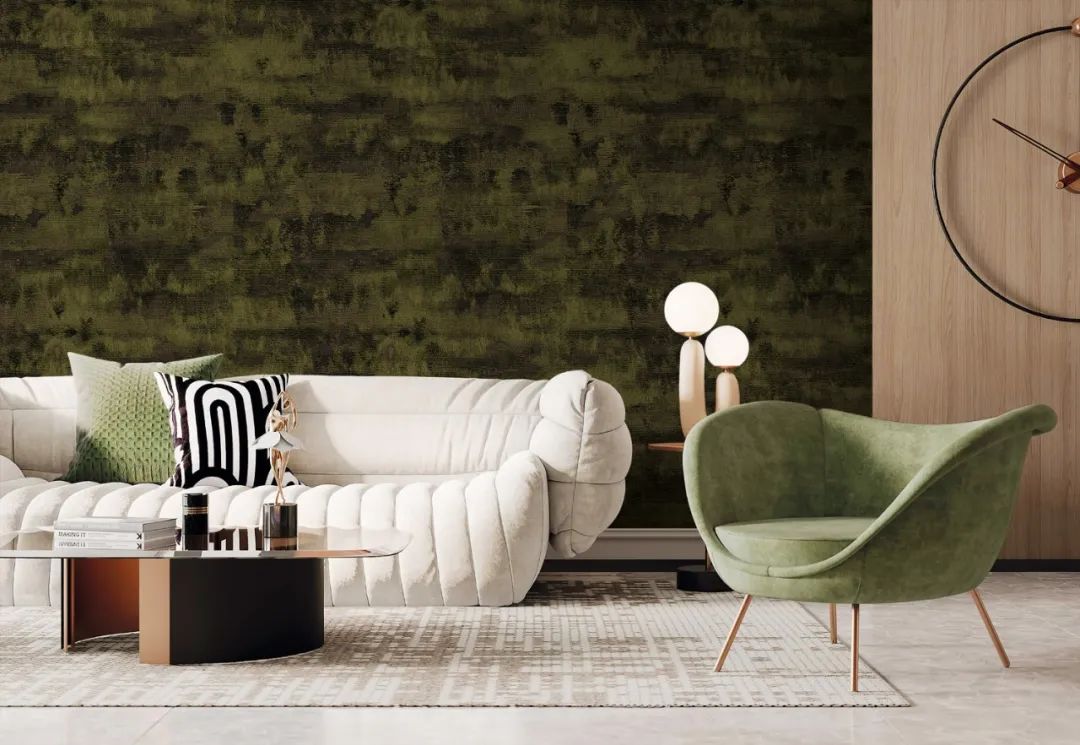Do you know the origin and history of seamless wallcoverings?
Late Middle Ages to early 18th century
Swedish aristocrats and wealthy businessmen first began to use wallcoverings, most of which are cashmere wallcoverings, Gobelin tapestry wallcoverings, gilded leather wallcoverings, velvet satin wallcoverings, etc. Since then, there has been a wave of wallcoverings, but due to the high price, wallcoverings are only popular in the upper class represented by nobles and wealthy businessmen.
Later, the simulated wallcoverings became popular and all the rage among the common people. For example, using cotton textiles to paint instead of cashmere wallcoverings; The paintings are filled with cashmere floats instead of velvet satin wallcoverings; Instead of Gobelin tapestry wallcoverings, the colored thin fabrics were decorated with floating decorations, and the paintings were painted directly on the walls.

Early 18th century
Due to the development of papermaking technology and textile technology, paper wallpaper is gradually popular. Its printing mode gradually transitioned from hand drawing to stencil printing (the principle is similar to ancient Chinese printing).
Mid 18th century
The wood template technology for printing wallpaper also developed to its peak. However, this printing technique has many defects.

In the 19th century
Paper making technology gradually matured, and although the use of wood fibers instead of cotton fibers did not have a great impact on wallcovering manufacturing at the beginning, the cheap raw materials made it possible to promote wallpaper on a large scale later.
In the 20th century
The wallpaper industry has completely surpassed the wallcovering industry and has become the first choice for working-class home improvement. But in villas, high-level clubs, five-star hotels, high-level government reception rooms, and even Buckingham Palace in England, Louvre Museum in France and other places, wallcoverings are still the mainstream. With its complicated production process and elegant and luxurious texture, wallcoverings have always been highly sought after by the upper classes in the West.

The 21st century
Before 2010, wallpaper still dominated the majority of the market. After 2015, seamless wallcoverings have gradually been recognized by many end consumers, thus occupying a larger market share.
Especially the advent of seamless wallcovering, which is a kind of wall material woven with polyester, silk, wool, cotton, linen, etc., has been developing rapidly in recent years, and has gradually become the first choice of wall decoration materials for middle and high-end consumer groups.